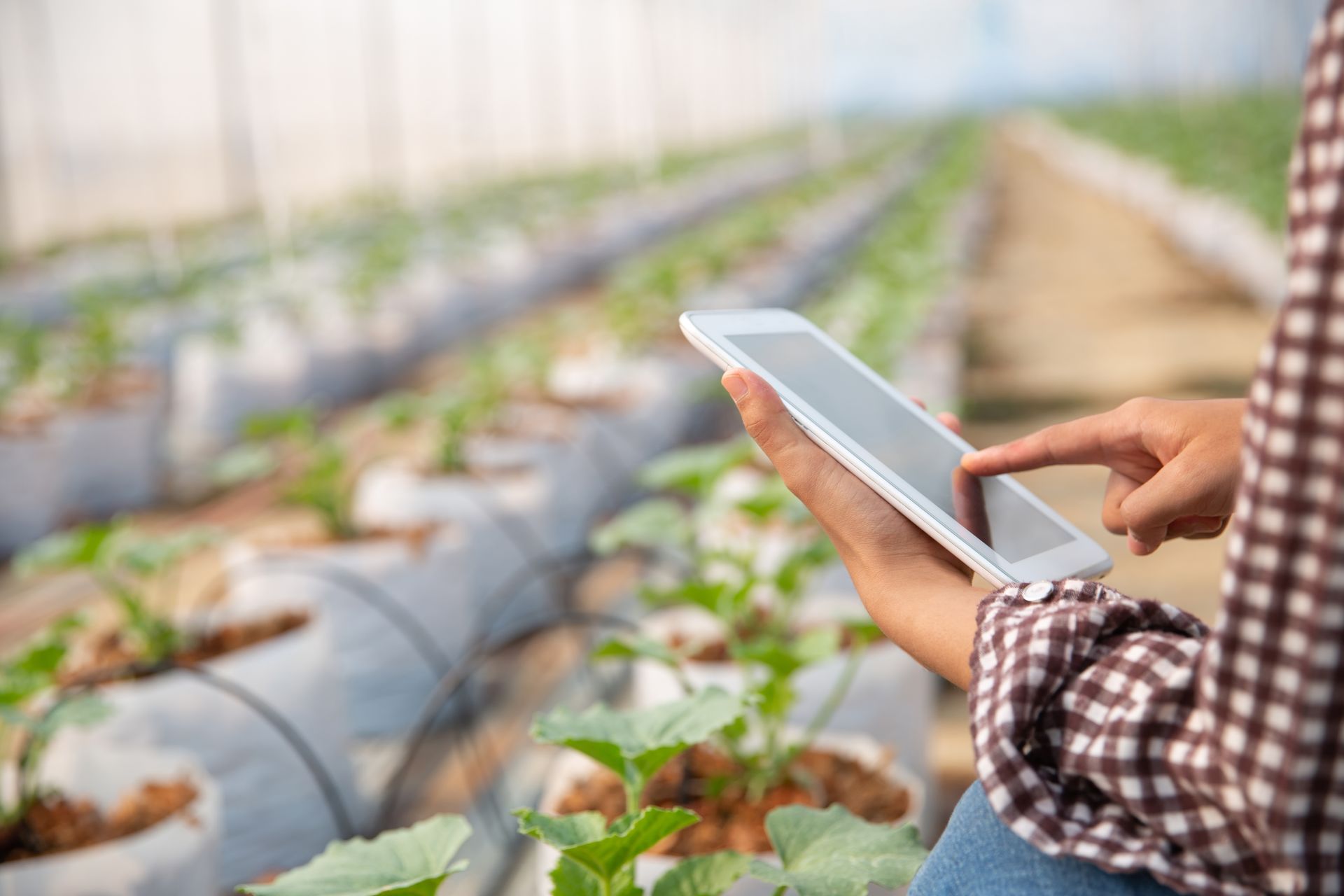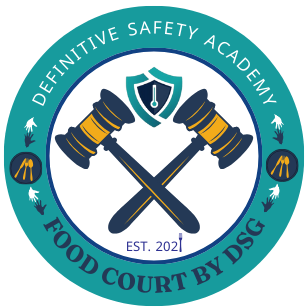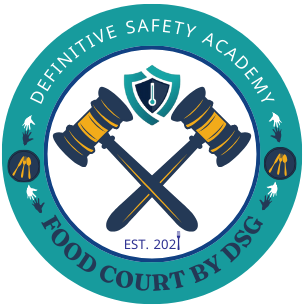Fresh fruits and leafy greens are a healthy staple—but they can carry invisible risks, too. Tiny airborne particles called bioaerosols—including bacteria, viruses, fungi, and more—can drift through the air and settle on produce, potentially spreading contamination. Luckily, scientists are developing clever new tools to spot and manage these invisible threats.
What Exactly Are Bioaerosols?
Why Are They a Concern for Fresh Produce?

New Tools to Detect the Invisible
What Should You Do if You Bought These Tomatoes?
How It Makes a Difference
Final Thoughts
Latest from our blog
Contact Us
admin@thefoodcourtdsg.com
-
Get in Touch
-
5065 Deer Valley Rd, Ste 114 Antioch, California 94531
-
(925) 237-9095
admin@thefoodcourtdsg.com
-
Quick links
-
Home
-
About Us
-
Affiliate Program
-
Blog
-
Podcast
-
Top Courses
-
Elevating Food Safety Standards Globally

